The Muny Hall of Fame
Muny Hall of Fame Stories Behind the Magic.
Spanning our east and west pergolas, the Muny Hall of Fame honors 37 legendary figures whose contributions have shaped more than a century of musical theatre magic. From beloved actors and visionary composers to dedicated staff and influential leaders, each inductee has left an indelible mark on The Muny and the performing arts. New in 2025, Muny patrons can learn more about these remarkable stories by scanning a QR code that accompanies each plaque.
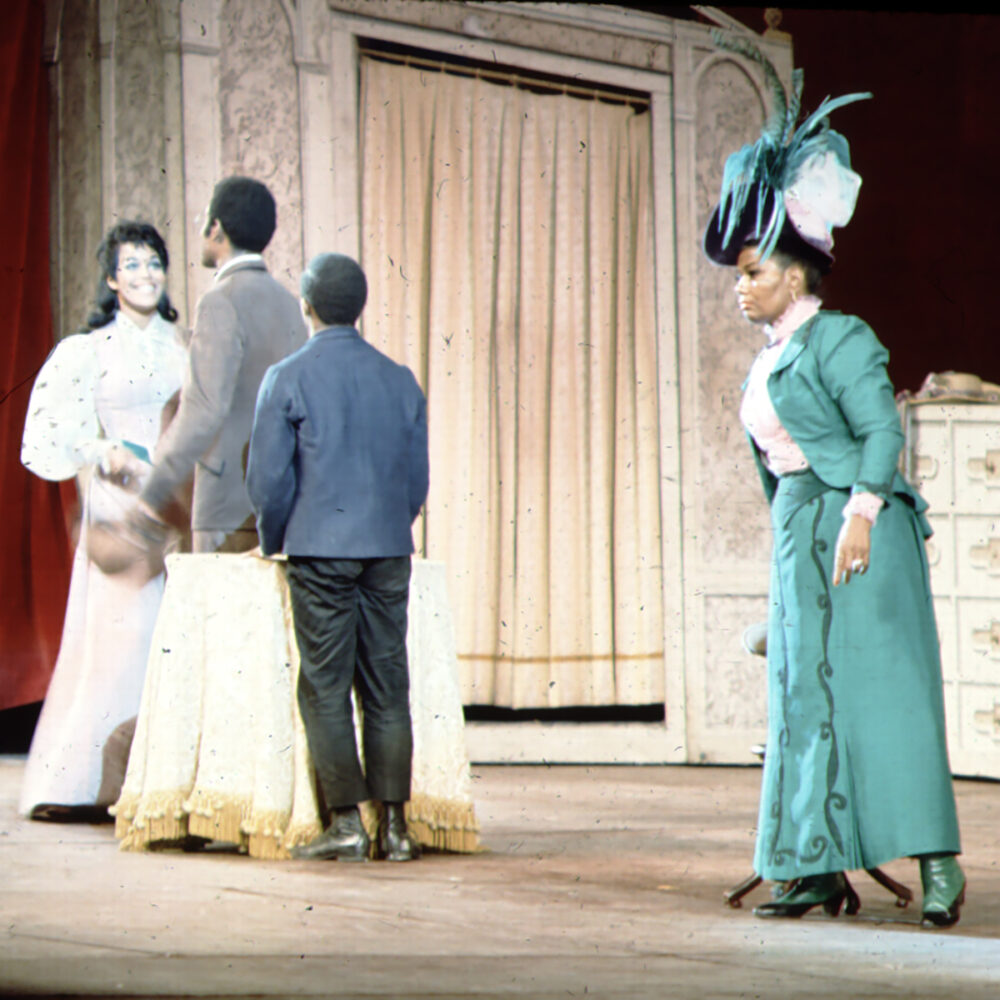
1918-1990
The iconic Pearl May Bailey was The Muny’s very first Dolly in 1968’s Hello, Dolly! — a role she reprised in 1971. Bailey’s resume includes an impressive slate of concerts, TV appearances and film roles, including Porgy and Bess and St. Louis Blues. Her last appearance on the Muny stage was in The Pearl Bailey Show (1972).
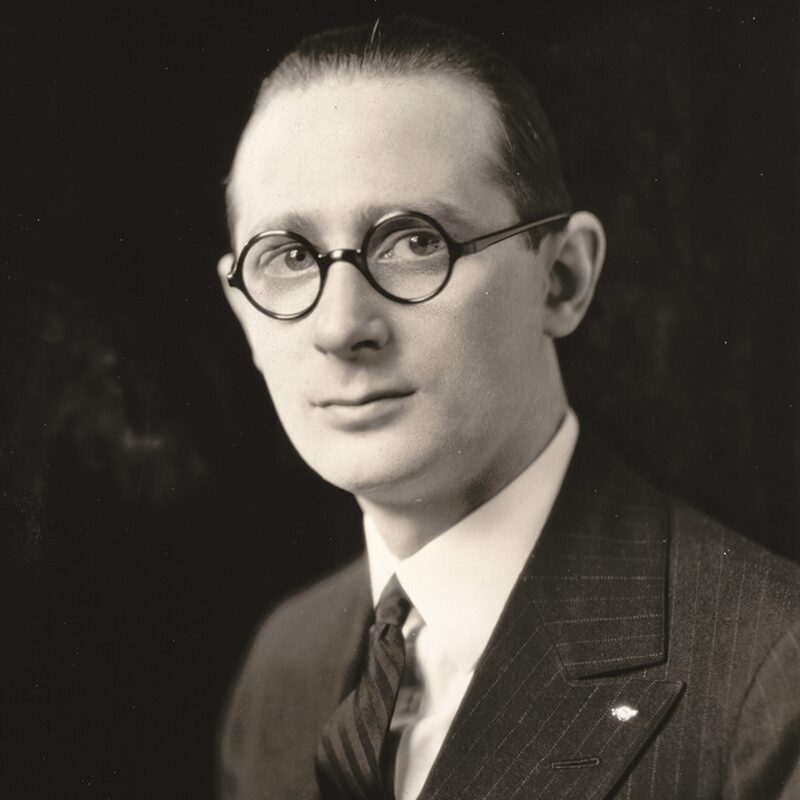
1898-1958
Paul Beisman, aka Mr. Show Business, began his Muny career as a ticket taker in the theatre’s first season in 1919. He moved through the ranks, to assistant manager and publicity director, then to general manager. In the offseason, he also led the American Theatre. He earned a special Tony at the second annual Tony Awards in 1948.
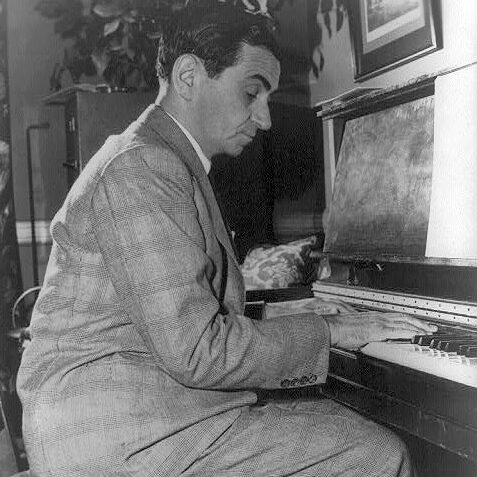
1888-1989
Irving Berlin carved his place in musical theatre history with such classics as Annie Get Your Gun and White Christmas. Berlin served as both lyricist and composer for There’s No Business Like Show Business, White Christmas and God Bless America.
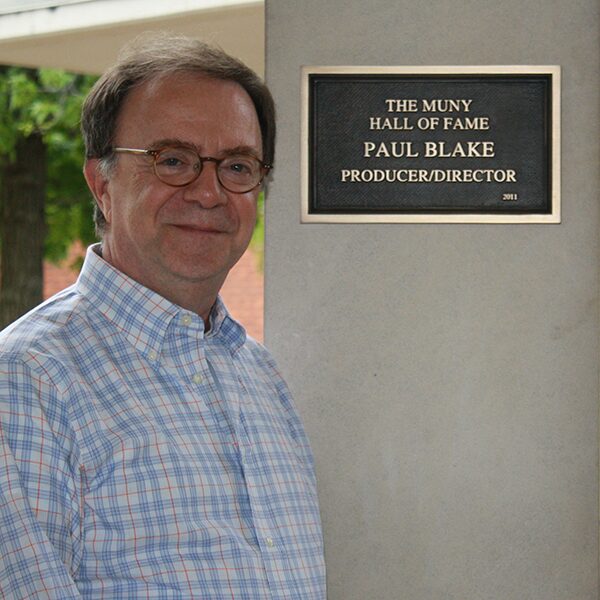
1941-
Paul Blake served as The Muny’s executive producer from 1990 to 2011, producing 147 Muny musicals. In New York, he was the lead producer for Beautiful: The Carole King Musical, which garnered seven Tony nominations and won two. He co-wrote and co-produced Irving Berlin’s White Christmas, which also enjoyed a Broadway run.
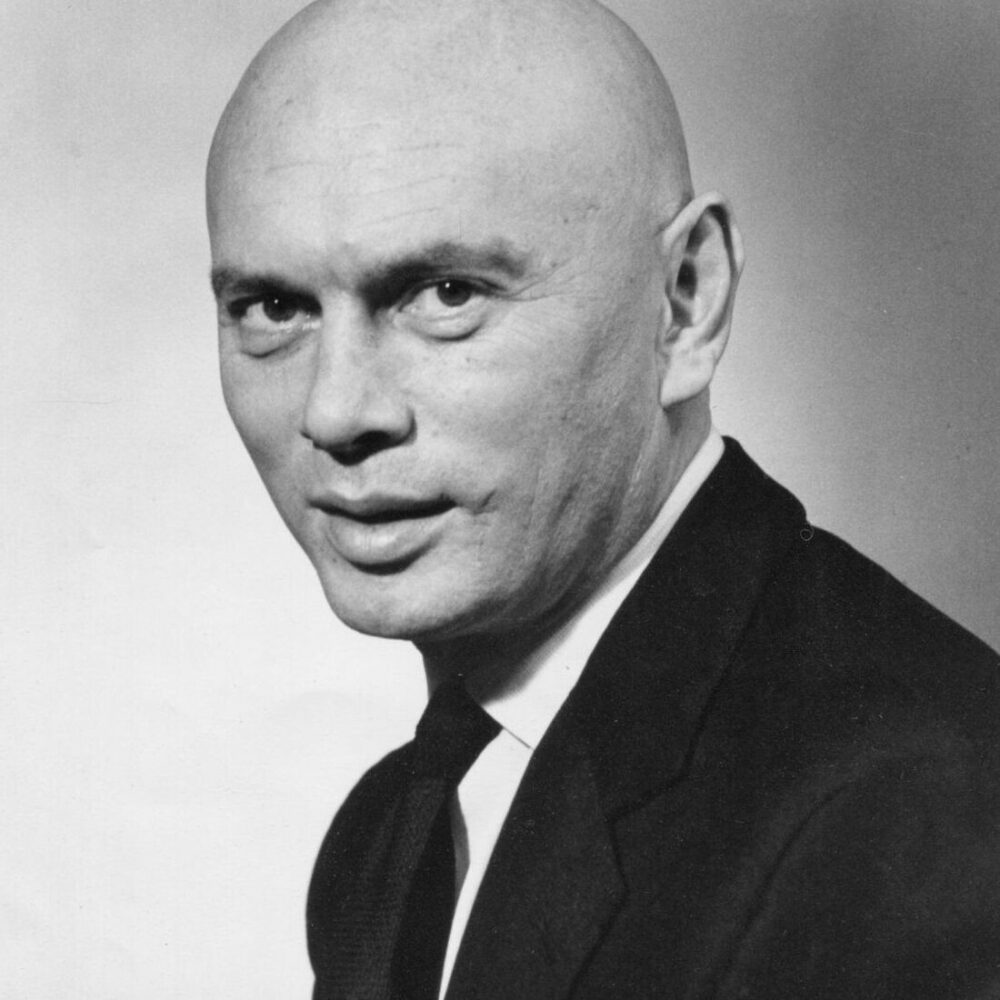
1920-1985
In 1976, Yul Brynner played the King in The King and I at The Muny, re-creating the role he originated on Broadway and played in the 1956 film. Brynner won two Tony Awards for the role, in 1952 for best featured actor in a musical and in 1985 a special Tony Award for the revival. He also won a best actor Oscar for the movie. Brynner played the King onstage 4,625 times — but only once at The Muny.
Leonard Ceeley
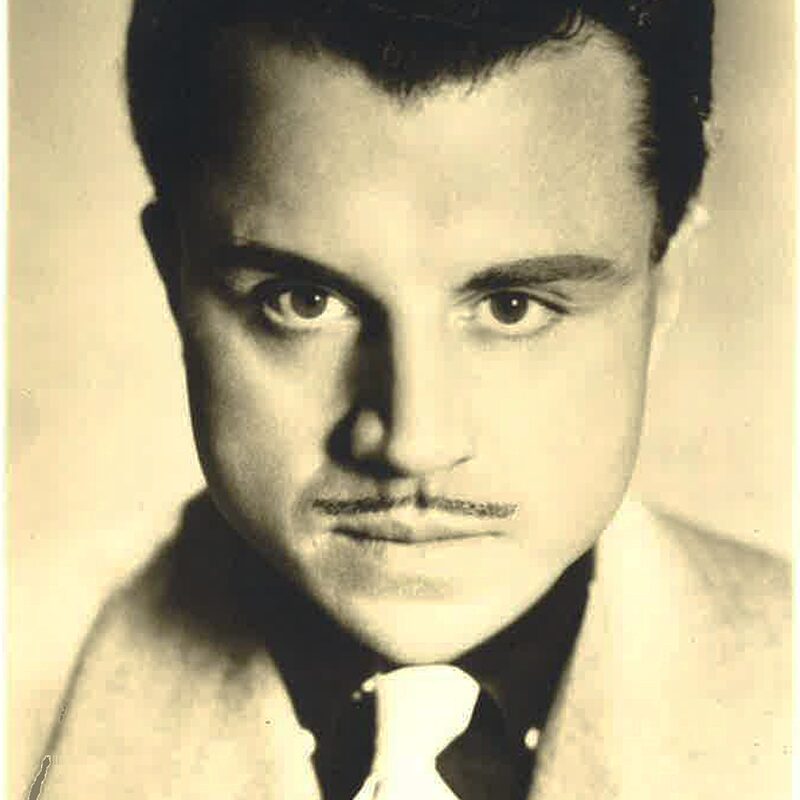
1892-1997
Leonard Ceeley was a fan favorite at The Muny between 1932 and 1968. Born in Britain, Ceeley co-starred in the Marx brothers’ flick A Day at the Races. Ceeley played 38 roles at The Muny, including Achmed in Rose of Stamboul and Cyrano in Cyrano deBergerac. He was also immortalized as a paper doll in the St. Louis Post-Dispatch.
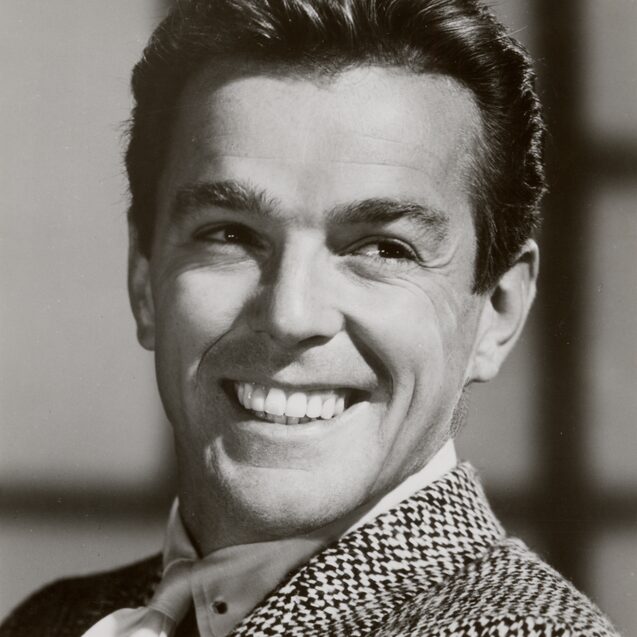
1919-1980
In 1947, Christopher Gower appeared at The Muny in The Dancing Years. As Gower Champion, he went on to earn a Tony Award for directing and choreographing the original Broadway production of Hello, Dolly! At The Muny, he directed the 1974 pre-Broadway production of Mack and Mabel. In 1980, he posthumously won a Tony Award for best choreography for 42nd Street, for which he was also nominated as best director.
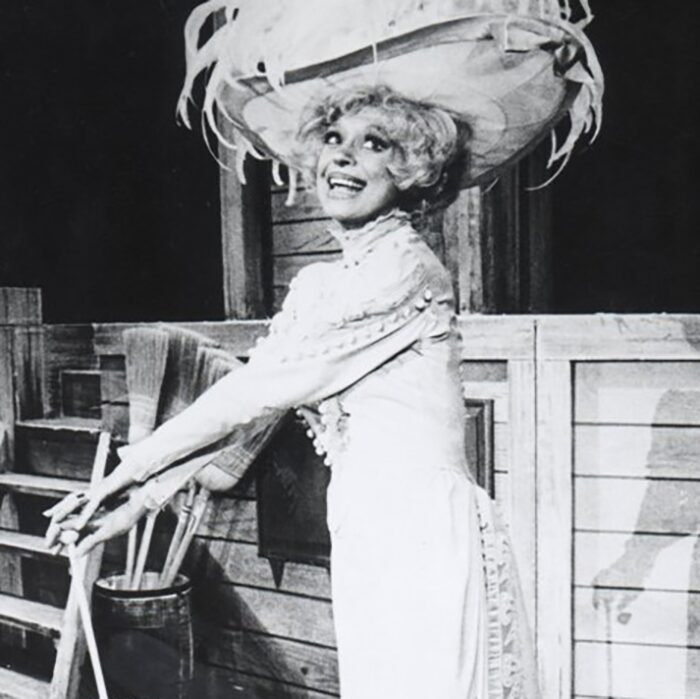
1921-2019
Before Carol Channing charmed Broadway in Hello, Dolly!, she starred as the title character in Lorelei. In 1973, she brought that character to Forest Park and returned in 1977 with her Tony Award-winning Hello, Dolly! She made one more Muny appearance in 1980, when she and Robert Morse starred in the vaudevillian confection Sugar Babies.

George Gershwin, 1898-1937
Ira Gershwin, 1896-1983
The Gershwin brothers — composer George and lyricist Ira — are credited with Porgy and Bess, Girl Crazy and My One and Only. Their most popular tunes include “Embraceable You,” “Summertime” and “I’ve Got Rhythm.” After George’s death, Ira continued to write and was nominated for a 1954 Academy Award for “The Man That Got Away,” from Judy Garland’s A Star Is Born.

1916-1973
St. Louisan Betty Grable made her Muny debut as “A Holland Kiddy” in the 1926 production of The Red Mill. Her final appearance in Forest Park was in 1971 in This Is Show Business. In between, she made it big in Hollywood as an actor, singer, dancer and World War II pin-up girl.
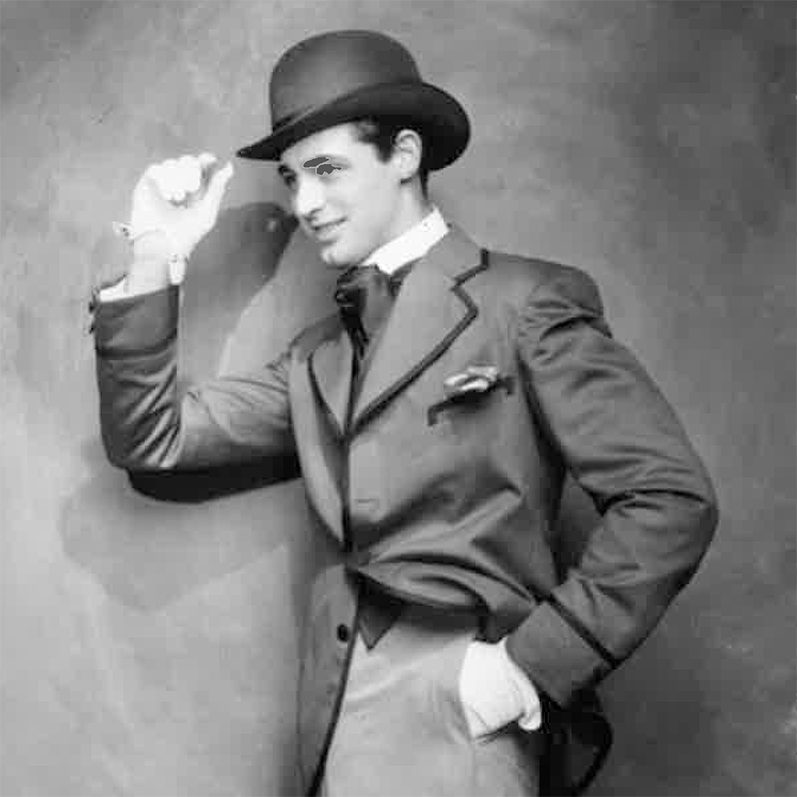
1904-1986
Technically, Cary Grant never played The Muny. When he served as our resident baritone for the 1931 season, he was credited in the program as Archie Leach. Among the seven roles he played that season were Athos in The Three Musketeers and Don Fernando in Nina Rosa. The debonair leading man is remembered for Hollywood credits that include North by Northwest and Charade.
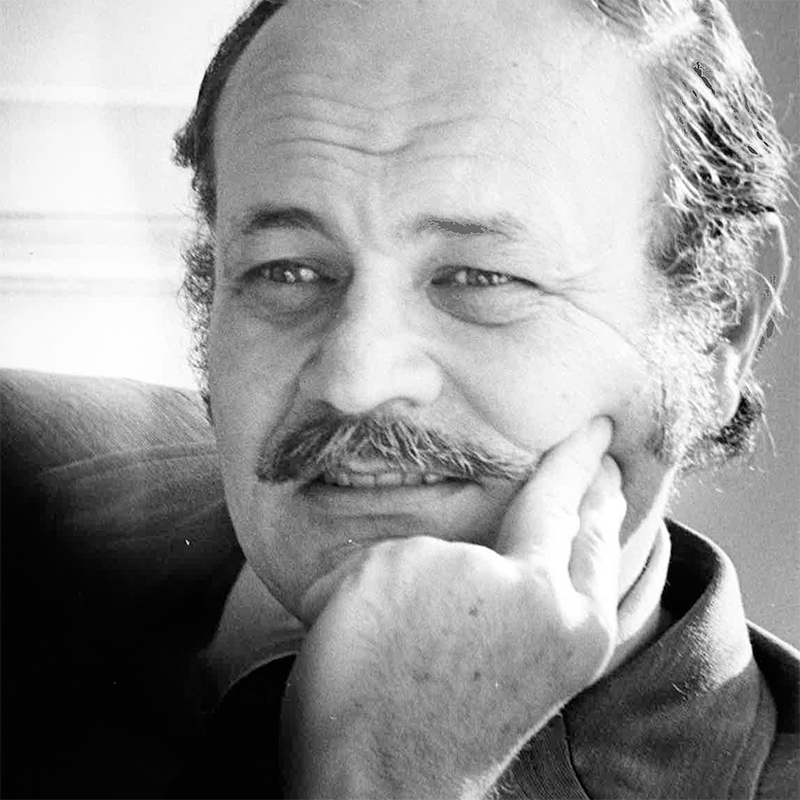
1924-1955
Ed Greenberg was The Muny’s primary stage director from 1957 to 1959. He became executive producer in 1971, a position he held until 1989. Richard Rodgers personally selected Greenberg to direct the first productions at the New York State Theatre, Lincoln Center. In the Muny offseason, he frequently directed operettas, musicals and television.
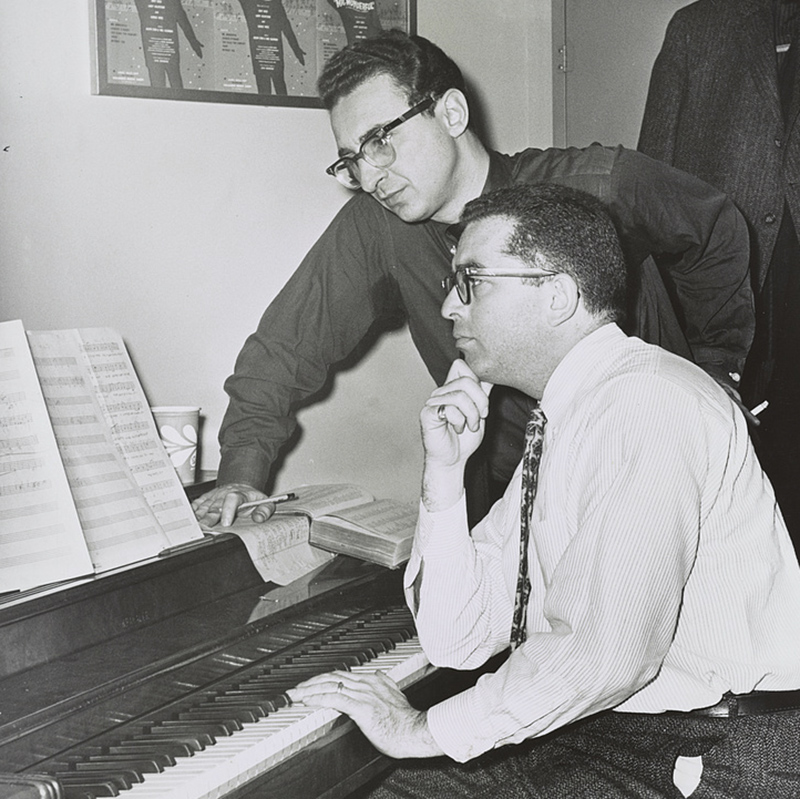
1924-2023
With Jerry Bock, Sheldon Harnick (standing) won the 1960 Pulitzer Prize for drama, for Fiorello! That musical tied with The Sound of Music for 1960’s best musical Tony Award. He also wrote the lyrics for Fiddler on the Roof, for which he and composer Bock won a 1965 Tony Award.
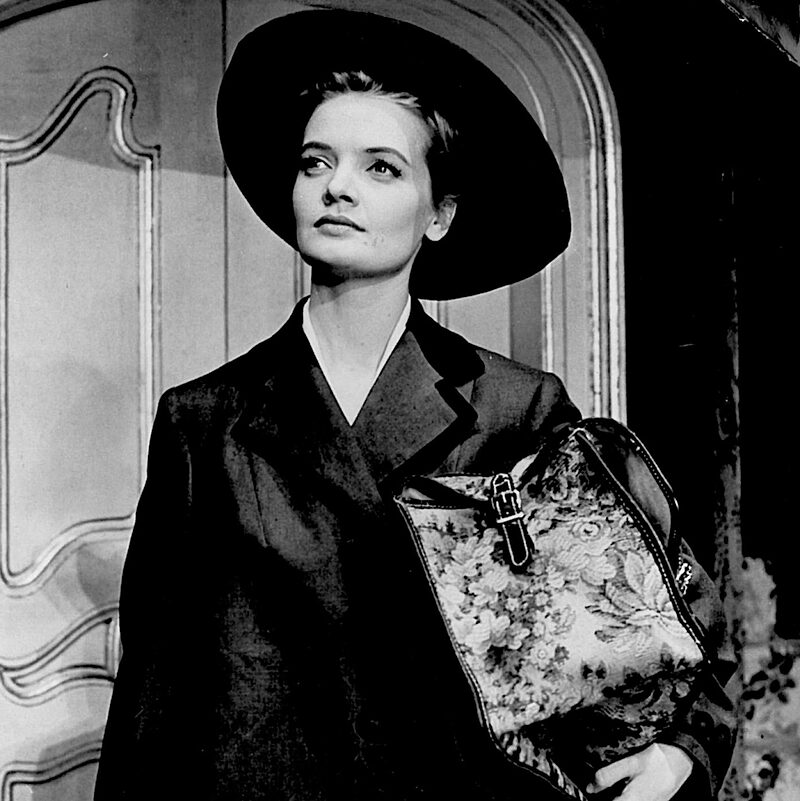
1934-2016
In September 1969, Florence Henderson became an iconic TV mom in The Brady Bunch. One year earlier, she made her Muny debut as Maria in The Sound of Music. Henderson made four more Muny appearances, ending as Annie Oakley in Annie Get Your Gun (1981).
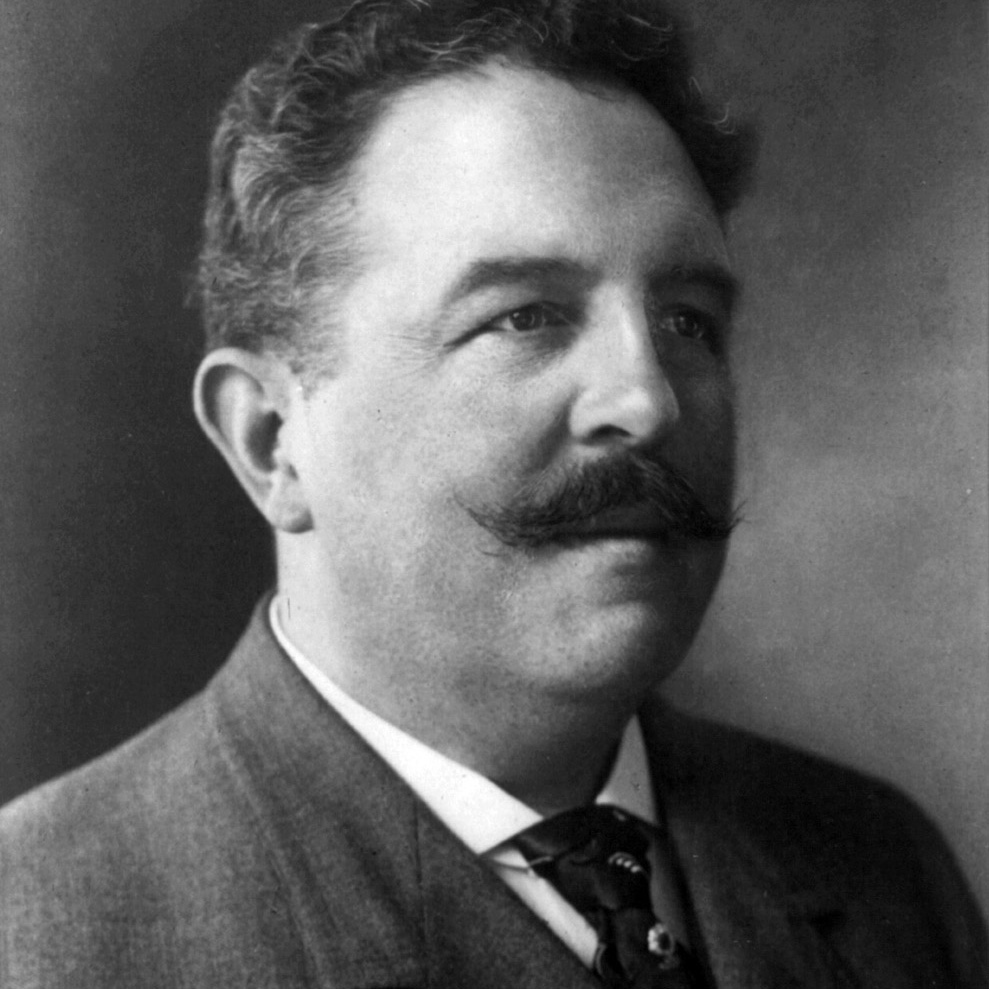
1859-1924
Victor Herbert was the composer of such sterling operettas as Babes in Toyland, The Red Mill and Naughty Marietta. Ten of Herbert’s masterworks were performed multiple times at The Muny for a total of 44 productions.
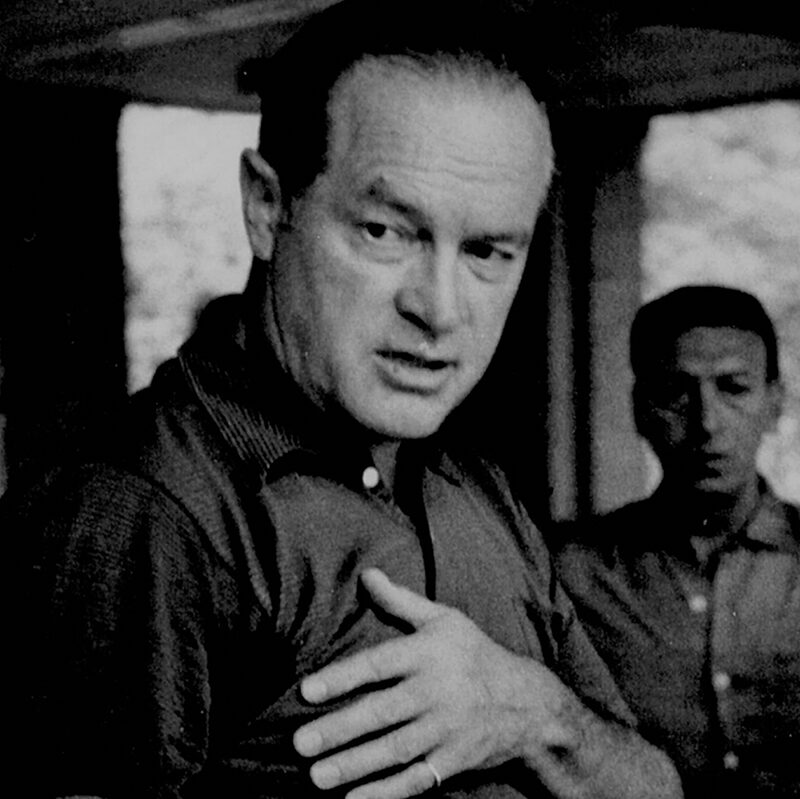
1903-2003
In 1958, The Muny was celebrating its 40th anniversary, and Bob Hope came to re-create his iconic Broadway performance in Roberta. Hope’s daughter Linda played a supporting role in that musical and stayed in town to attend St. Louis University. Hope enjoyed a career that spanned 80 years as a major star of stage, screen, stand-up, radio and USO tours.
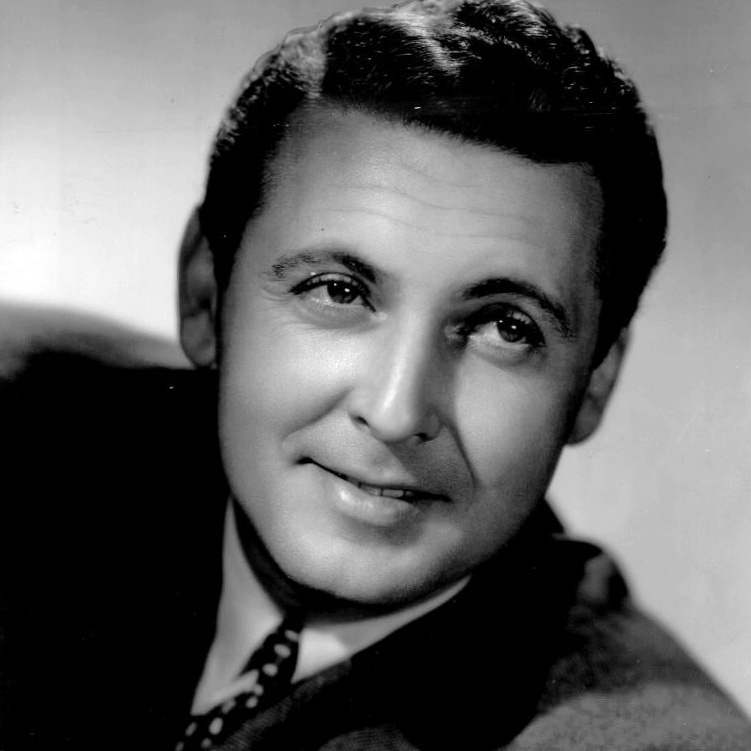
1907-1992
Allan Jones was a Muny favorite, appearing in 27 productions between 1932 and 1968. His recording of “Donkey Serenade” became his signature song, and he starred on film with the Marx Brothers in A Day at the Races and A Night at the Opera. Jones co-starred with another Muny alum, Irene Dunne, in the 1936 film Show Boat.

1934-
Shirley Jones was the soprano-of-choice in movie-musical classics Oklahoma!, The Music Man and Carousel. She was a favorite with Muny audiences as Magnolia in Show Boat (1976) and Maria in The Sound of Music (1977). She took home a best supporting actress Oscar for her work in Elmer Ganty. In 1984, she and Bob Hope co-starred in their own two-person (plus chorus) Muny show.
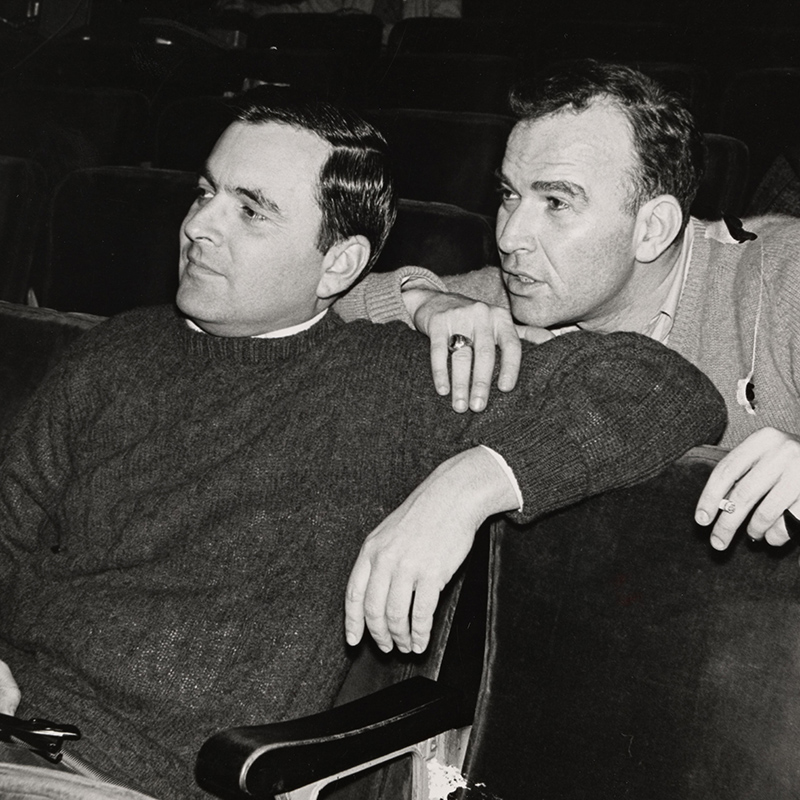
John Kander, 1927-
Fred Ebb, 1928-2004
The duo of Kander & Ebb wrote scores for film (New York, New York) and TV (Liza With a Z) but is probably best known for Broadway musicals such as Cabaret and Chicago. In 1971, Muny audiences experienced Joel Grey re-creating his Broadway and Hollywood role of the Emcee in Cabaret. Chicago has played The Muny four times.

1919-2004
Howard Keel made his Muny debut in 1978, re-creating his movie role from Seven Brides for Seven Brothers. Keel was MGM’s leading baritone in Show Boat; Kiss Me, Kate; and many other golden age musicals. He returned to the Muny three more times, in South Pacific (1992), My Fair Lady (1996) and as General Waverly in White Christmas (2000).
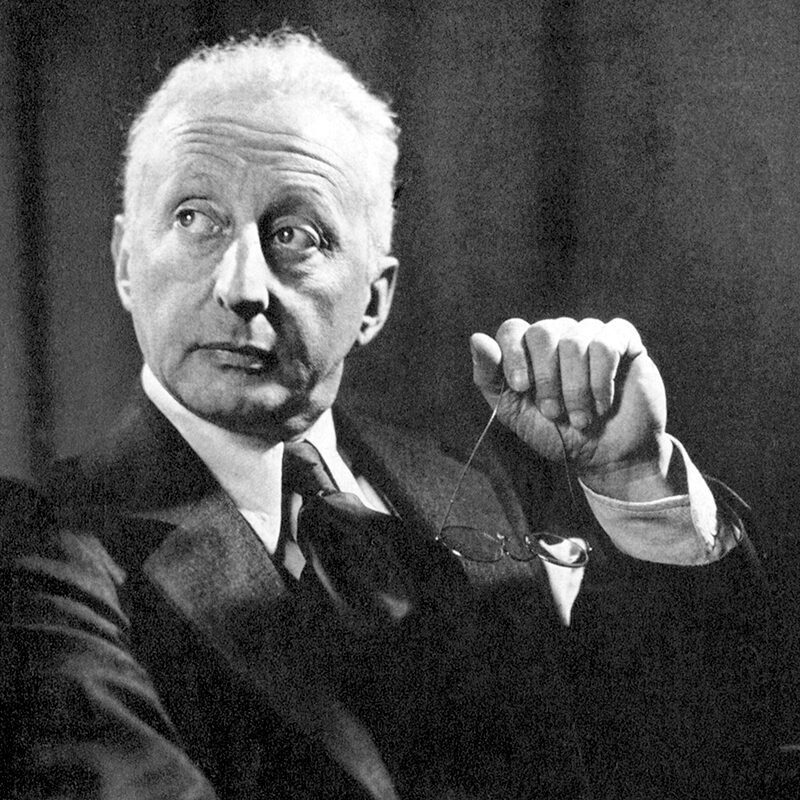

1885-1945
Jerome Kern was the composer of popular operettas and musicals, including Sally and Roberta, but it is unquestionably his partnership with Oscar Hammerstein II for which he is best known. That collaboration resulted in the seminal musical Show Boat. Kern is responsible for “Can’t Help Lovin’ That Man of Mine,” “Bill” and “Ol’ Man River.”
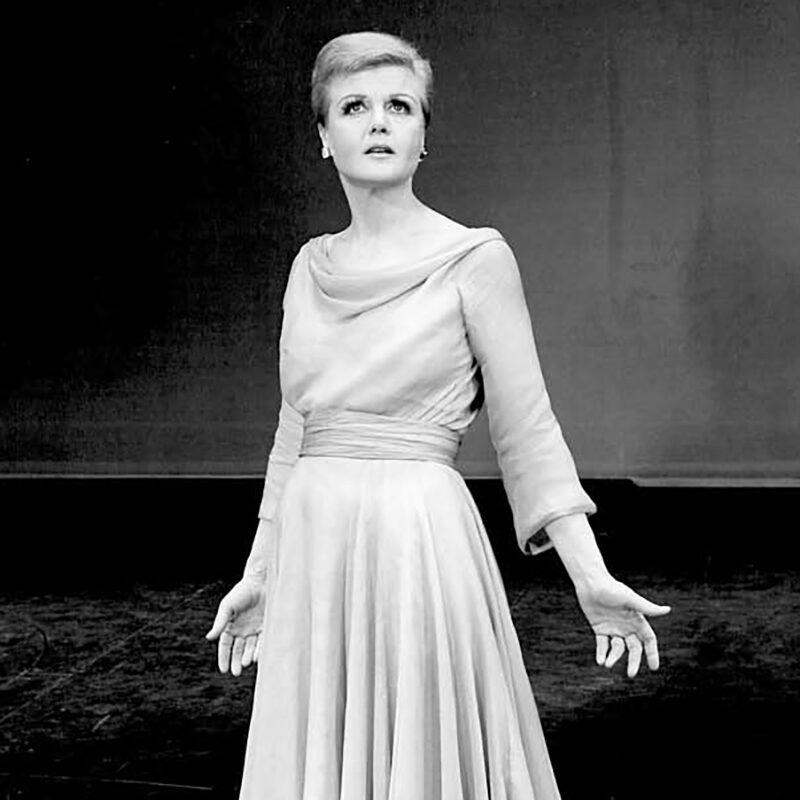

1925-2022
EGOT winner Dame Angela Lansbury made two memorable Muny appearances, as Rose in Gypsy (1974) and again as Mame in Mame (1976). She previously had won Tony Awards for both roles. Lansbury starred on TV in Murder, She Wrote and in films that ranged from Gaslight (1944) to Mary Poppins Returns (2018). She is the voice of Mrs. Potts in Disney’s 1991 animated feature Beauty and the Beast.
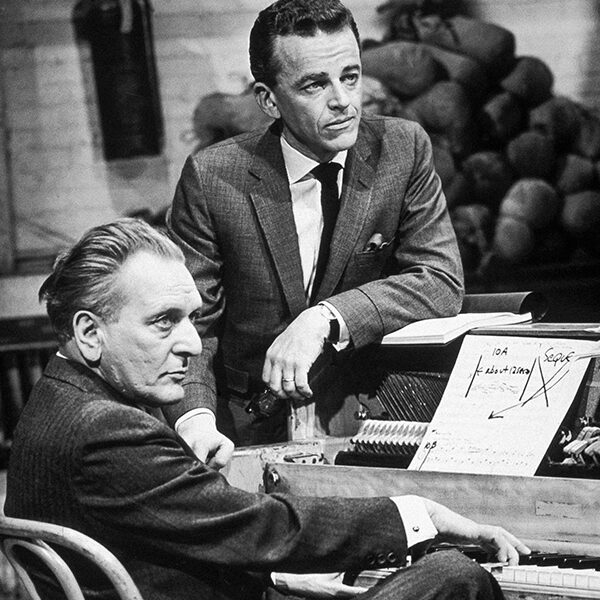

Alan Jay Lerner, 1918-1986
Frederick Loewe, 1901-1988
Lerner & Loewe was the songwriting team that challenged Rodgers & Hammerstein and gave us My Fair Lady, Camelot and Brigadoon. With Paint Your Wagon, Gigi and On a Clear Day You Can See Forever, The Muny has mounted Lerner & Lowe titles 28 times.
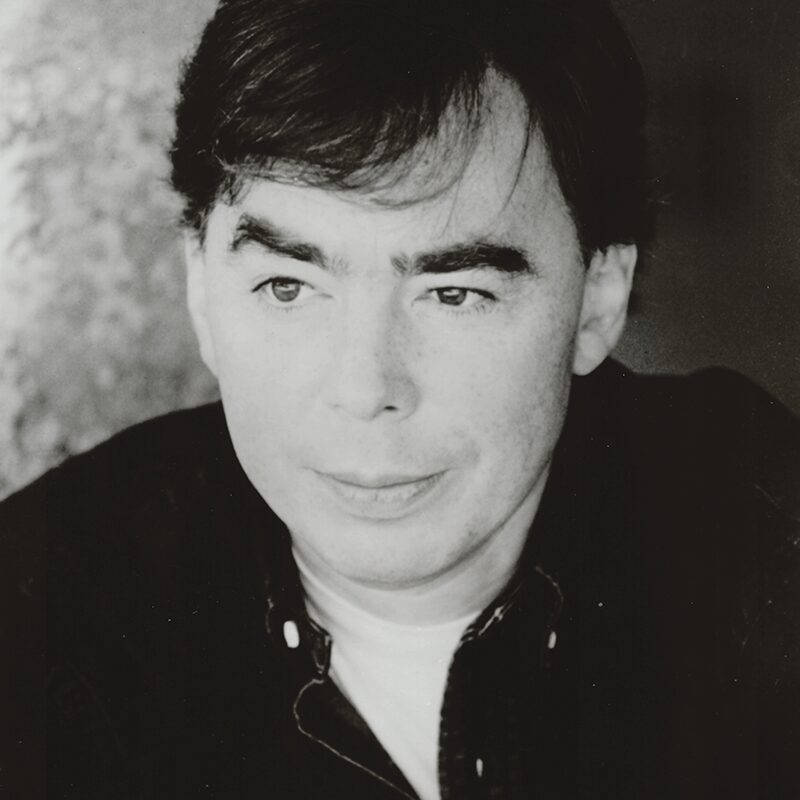

1948-
Sir Andrew Lloyd Webber has been represented at The Muny since 1997, when his Joseph and the Amazing Technicolor Dreamcoat debuted. Added to Jesus Christ Superstar, Cats, The Music of Andrew Lloyd Webber and Evita, an ALW musical has played in Forest Park 22 times. He is the composer of Broadway’s longest-running musical, The Phantom of the Opera.



1911-2000
St. Louis-born David Merrick was a prolific producer of Broadway productions, including Oliver!; Hello, Dolly!; and 42nd Street. Biographies of Merrick say that he served as a Muny usher during his Washington University years, but we can find no record. It is said that once he left St. Louis, he never looked back, going so far as to rebook flights that traveled over Missouri.
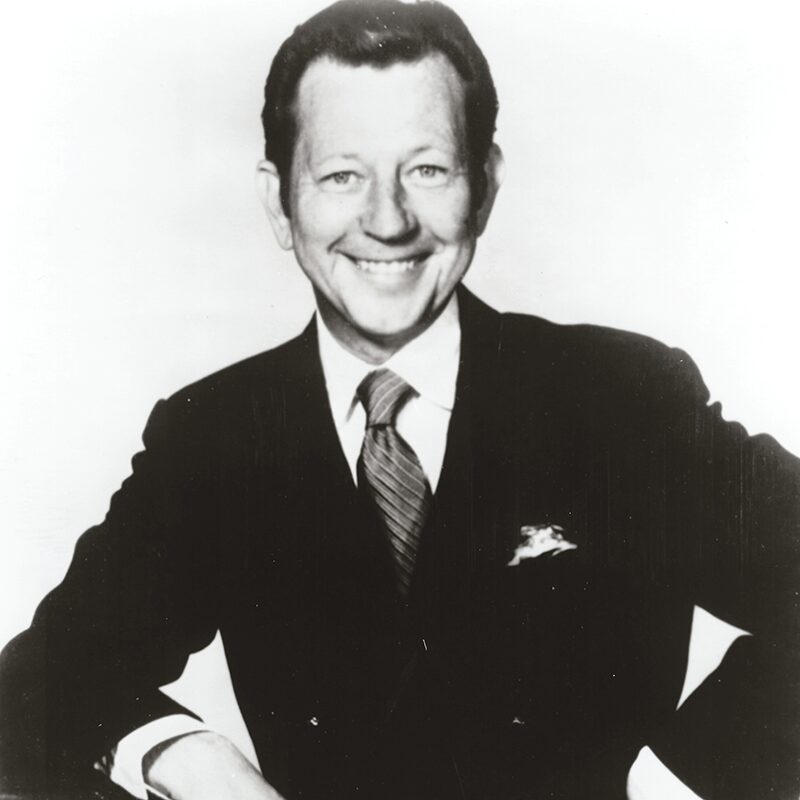

1925-2003
Movie fans remember Donald O’Connor as Cosmo in Singin’ in the Rain and for his films with Francis, the talking mule. Muny audiences, however, remember his three appearances in Forest Park. In 1965 he starred in Little Me, in 1979 in Sugar and in 1980 he reprised his role in Little Me. He joined the Muny audience in 1995 for a production of Singin’ in the Rain. It rained.


1954-2024
Ken Page began his professional stage career in 1973, when he earned his Actors’ Equity Association card in the Muny ensemble. In 2024 he played the Bishop in Les Misérables, his last appearance in a musical. He performed at The Muny in more than 45 productions and for many years was the voice of The Muny in ads and preshow announcements. He made a name for himself on Broadway in the original companies of Ain’t Misbehavin’ and Cats. On film he’s best remembered as the voice of Oogie Boogie in The Nightmare Before Christmas. At The Muny, the Ken Page Stage on Kooyumjian Plaza is named in his honor.


1891-1964
The urbane Cole Porter enjoyed an iconic career as both lyricist and composer. Kiss Me, Kate; Anything Goes; and Can-Can are among his Broadway successes. He is credited with some of the most iconic pages of the Great American Songbook, including “You’re the Top,” “Another Op’nin’, Another Show” and “I Get a Kick Out of You.”
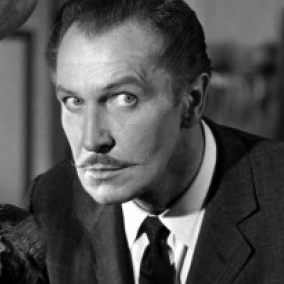

1911-1993
St. Louisan Vincent Price claimed to have been in the 1919 audience for The Muny’s inaugural production. He left St. Louis, starred on Broadway and returned to The Muny in The American Way (1940). In 1976, he played Fagin in Oliver!, and he made his final Muny appearance as Applegate in Damn Yankees (1978). Price is known as king of the horror flicks and for his cameos in Edward Scissorhands and in Michael Jackson’s “Thriller.”


1952-
Denny Reagan joined The Muny in 1968 — as an usher — and retired 53 years later. Named president & CEO in 1990, he led our successful Second Century Capital Campaign, which raised more than $100 million and allowed for a multimillion-dollar renovation and campus updates, ensuring The Muny’s financial future.


1932-2016
The unsinkable Debbie Reynolds made three appearances at The Muny: as Molly in The Unsinkable Molly Brown (1989), Irene in Irene (1973) and as the star of her own Debbie Reynolds Show (1980). Her Hollywood credits include Singin’ in the Rain and Tammy and the Bachelor. Debbie’s daughter, Carrie Fisher, had a role in the “Debutante” ensemble of Irene.
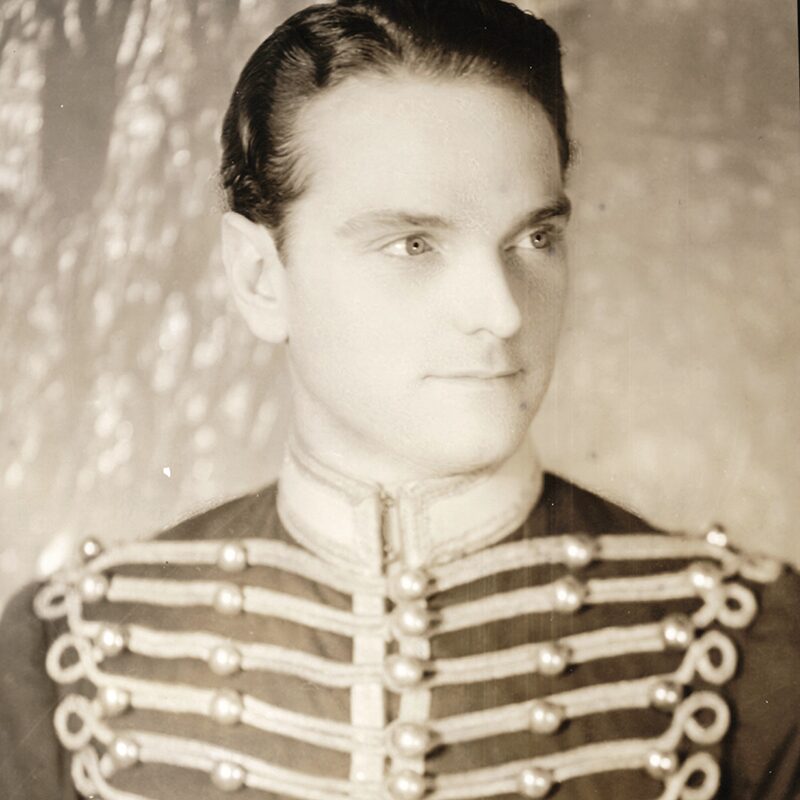

1898-1974
Guy Robertson made a quiet splash on film in King Kelly of the USA and High Water, but we remember him as a king of the Muny Operetta. Between 1930 and 1937, Robertson starred in 22 Muny productions, in roles including Prince Orloff in The Circus Princess (1930) and The Muny’s first Gaylord Ravenal in Show Boat (1930). A fan club in his honor was formed and flourished.
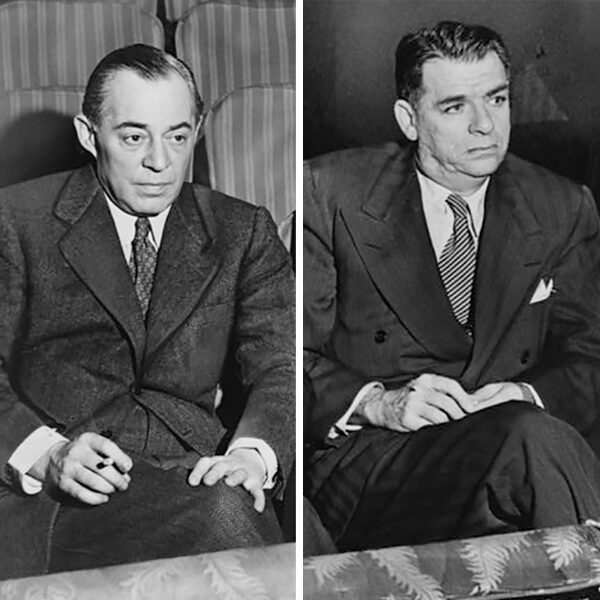

Richard Rodgers, 1902-1979
Oscar Hammerstein, 1885-1960
This composing team was the backbone of The Muny for the latter half of the 20th century. Its “golden” musicals include Oklahoma!, Carousel, South Pacific, The King and I and The Sound of Music. Before they paired up, Rodgers had hits with Babes in Arms and A Connecticut Yankee. Hammerstein made his mark pre-Rodgers with The Desert Song and Show Boat.


1887-1951
Sigmund Romberg was born in Hungary and is considered one of the foremost composers of the 20th century. Fifteen of his operettas were performed at The Muny multiple times, including The Student Prince, The New Moon and The Desert Song.

1913-1997
He was Richard Skelton on The Muny’s 1938 payroll, but the program for Gentlemen Unafraid credited him as “Red.” He began his career at age 10 in a traveling medicine show and progressed through burlesque, vaudeville, radio, film and television. He returned to The Muny in 1970 and again in 1984, both times in his own one-night, one-man show.


1904-1989
Norma Terris began her career in vaudeville theatres, and it culminated in originating the role of Magnolia in Ziegfeld’s Show Boat (1927). She reprised that role twice at The Muny, in 1938 and again in 1942. Terris made a total of 10 appearances in Forest Park, including in Glamorous Night (1942) and Lady in the Dark (1950).
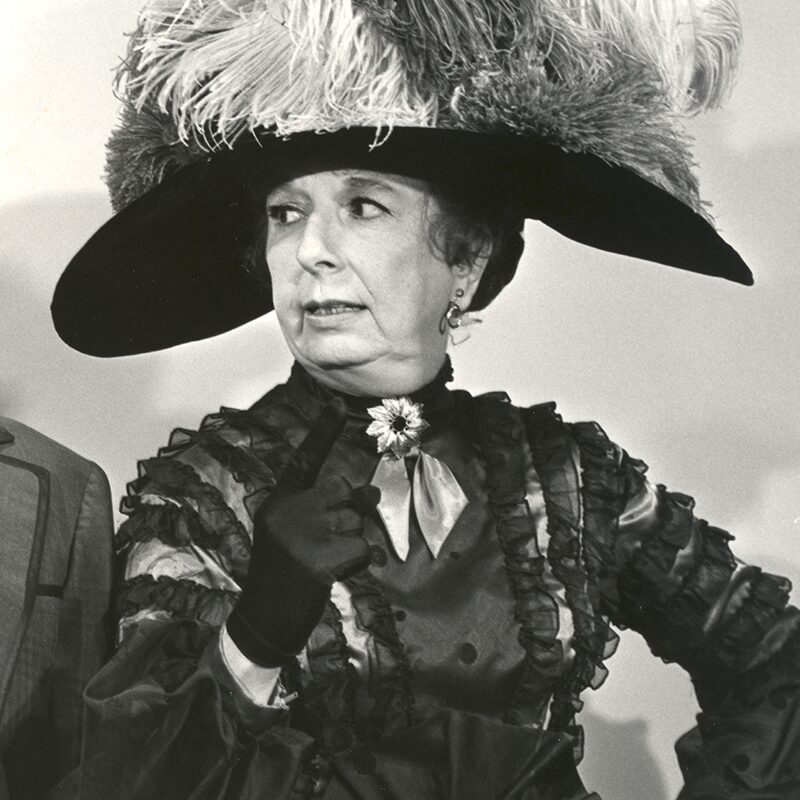

1910-1995
Mary Wickes was born in St. Louis, got her degree from Washington University and was The Muny’s favorite character actor from 1944 through 1978. In St. Louis, Mary played Parthy Ann in three different productions of Show Boat, Katie in three productions of Meet Me In St. Louis and seven other Muny productions. On screen she frequently played nuns, as she did in The Trouble With Angels, Where Angels Go Trouble Follows and Sister Act.
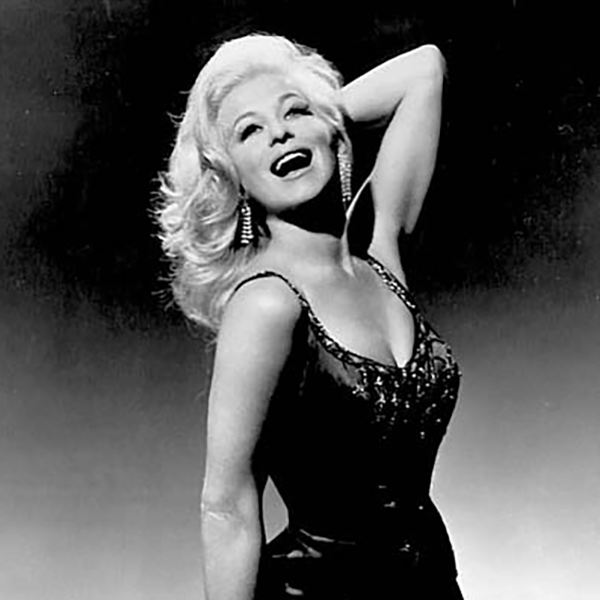

1932-2007
Gretchen Wyler made her professional debut at The Muny in 1950 as Gretchen Wienecke. By 1954, she had sharpened her name to Gretchen Wyler. She returned 16 more times in roles as varied as Lola in Damn Yankees and Lizzie in 110 in the Shade. She closed her stage career at The Muny in 1997 as Dolly Levi. She also starred on TV, in films and in six original Broadway productions.
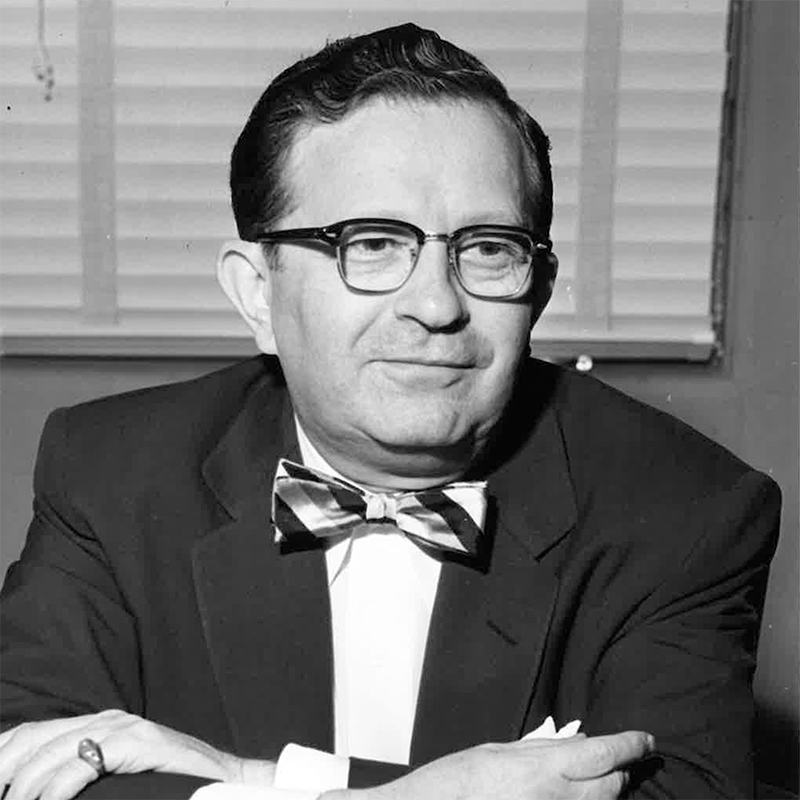

1903-1985
William “Willie” Zalkan was The Muny’s public relations director from 1935 through 1955 and was elevated to general manager in 1965. Retiring in 1975, Zalkan also headed his own marketing firm. We credit him with coining the slogan “Alone in its Greatness.”